Note: This is an unlocked LMA module. If you want access to the rest of Liberation Martial Arts, upgrade your account. We send out learning modules almost daily. If you're no longer getting LMA updates, your payment information may no longer be up to date. Click on the table of contents above to see if you have access to LMA.
Practitioners will sometimes ask me to instruct them on specific techniques. On the surface, this sounds like the LMA process because it appears to be practitioner-led and exploratory. However, are there opportunities for these techniques, or is the practitioner trying to shoehorn a square peg into a round hole? Are they looking for guidance on a move that's already emerging, or do they want instruction to make something absent appear out of thin air? Are they in the ballpark, or do they want the ballpark to appear with the winning play already embedded in it? And is instruction even the right way to learn?
If the technique or techniques are disconnected or independent from the opportunities for the practitioner, then it's not really practitioner-led but technique-led. Just as teaching someone who can't touch the basketball net how to slam dunk is technique-led, not practitioner-led. It places technique first rather than experience (e.g., Have I already experienced floating near the rim? Will I experience floating near the rim?).
It also places me in the role of instructor rather than a training organizer. It's still instructor-led and technique-led learning rather than self-learning and self-discovery.
Looking to the instructor for answers or to be rescued from the learning process rather than developing the tools to solve your own problems is an issue. For example, "Coach, what do I do here?"
Looking to the instructor for an answer to a problem that doesn't exist or that you're so unfamiliar with the learning process that you don't even know what you need rescuing from is a more significant issue. For example, "Coach, I want to flip this person with my pinky. Teach me how to do that?"
Being conditioned to seek answers from coaches is why fighters are literally walked through techniques during fights or are instructed on techniques between rounds. Coaches are trying to solve problems created in the training room in the middle of a fight. The fighter is conditioned to repeat the answers the coach has given them rather than coming up with their own solutions. Just as with the US education system, the fighter is trained in memorization rather than skill.
But if a technique is an answer, it needs a question to solve. Then what happens to a fighter when they not only can't solve their own problems but also want solutions to problems that don't exist? They struggle against the real and imaginary.
There's a practitioner's martial arts and how a practitioner thinks their martial arts ought to be, and they are not the same, and we can't treat them the same. As a training organizer, my difficult task is to show that these two things are not the same.
I often say, "Similar doesn't mean the same." Something might look like what we're doing, but that doesn't mean it is. How one thinks something works is not the same as how it works in the world. When you're technique-driven, you're rigid and top-down (technique-down) rather than flexible and adaptable. Rather than flowing and being present in the moment for the opportunities before you and coming up with your own solutions, forcing a solution to problems that aren't appearing only brings about frustration. Rather than being alive in the moment and in your senses, you're recalling and holding onto a thought that isn't serving you. Rather than ease, it's tension. Rather than awareness, it's tunnel vision. Rather than smooth breathing, it's bated breathing.
"I want to flip this person with my pinky; teach me how to do that?" What situation is this describing? Is there even a context, or is it completely decontextualized and existing in a vacuum? (I.e., Have you gotten in the ballpark for this action and just want some honing, or is the ballpark nowhere to be seen?) If this situation is not readily available during a sparring game, how much will you try to force it? What opportunities will you create for your opponent by forcing this maneuver? How much fun and enjoyment will this suck out of training as you seriously attempt this? Is this still a game? Are we still playing? Or are you making this something else? How much of this is about your ego?
A writer is a dictator of a story. Holding onto thoughts and shoehorning ideas is a writer-dictator writing a sparring match in their head rather than interactively playing the game before them. For someone who constantly seeks control, the focus is on what is missing rather than attuning to what is present. This needs repeating. Someone obsessed with control focuses on what is missing rather than attuning to what is available (i.e., "Why can't I do this?" rather than "Look at all I can do"). But unlike writing, you don't have dictatorial control over your partner or yourself as you would with characters. Your opponent has autonomy you must respect, and you are not a god who can do whatever you imagine, which you must also respect.
Ego is a strong self of sense and doesn't allow for direct perception or external focus of attention, but LMA is partner-focused and other-centered.
How you move is determined by your opponent and environment, not technique. Technique is not skill. Skill is reading the terrain (wayfinding) and applying the right solution at the right time. Technique comes last and is the endpoint, not the starting point.
Really, there is no technique, just appropriate solutions to unique and temporary problems in real-time.
You can't write yourself to be the person you want to be because this isn't writing, and you're not the god of yourself. Don't seek absolute control in activities that are all about freedom. It's the completely wrong mindset.
The default is not to assume you start with every possibility and that anything less than that is a sacrifice. You start with the default that whatever you have is what you have, and learning means exploring what you can do with that. Anything on top of that is an addition to be explored. Thinking every possibility is the default is not only fantasy but mentally, it sets you up for disappointment for everything you can't do.
Let's unpack this further. Since martial arts is not a ball sport where it's not about what you can do to a ball but what you can do to another person, thinking you can and ought to be able to do whatever you want to them is deeply problematic.
Much of this is how we are conditioned in the West. We are conditioned to find solutions and then look for problems rather than the other way around. I have the hammer, where is the nail? This is the West's domestic and foreign policy. It also makes obsession over control the default.
When the want to be instructed on techniques that lack affordances (soil for the movement) comes up, I often ask, "Do you really need all that for the situations you are facing?" Do you really need a bat when you're playing tennis? Practitioners often find their best techniques early on. What they really need is self-regulation and improved senses. We've been conditioned to think that external solutions are what we need when the problems are internal.
Who has more potential to be a better archer, someone who already knows a little archery or someone who doesn't know anything at all but has a steady gaze, steady breath, and steady hand? The latter every time.
There are no advantages in improving the race car because whatever you can improve, everyone will improve at the same time, which eliminates the advantage. What needs improving is the driver. It's not even about setting realistic expectations rather than high ones. Wanting to add multiple fins to a race car is not high ideals or perfection; it's just making a worse car.
Self-determining the instruction or technique doesn't mean exploration. You're not exploring because exploring is about discovering how something can be done. Instruction is being told how something ought to be done. Asking for instruction can make sense in personal training but not for self-learning.
Improving the driver is about improving perception, self-regulation, and maximizing affordances (available opportunities unique to you). It's about learning to better engage with your world rather than trying to rewrite your world. Focusing on what is present rather than absent maximizes freedom and elegance.
[Note: This video may eventually get taken down.]
The super fight between Takeru Segawa and Superlek Kiatmoo9 illustrates how you don't need a new car with unnecessary fins but just a perceptive and self-regulated driver at the wheel.
Whether sparring or professional fighting, the game is a dynamical system. It's unpredictable and ever-changing but also evolves and builds on itself. The first round informs the second, and the previous spar informs the next. When two prizefighters face-off, even for the first time, their match will be informed by their previous matches and reputations. Everything within a spar or match is interconnected, and all the spars and matches are interconnected.
Superlek comes in with a reputation for being a dangerous kicker. That informs Takeru. Superlek constantly raises his leg to threaten the potential kick or knee. By keeping his lead leg light, Superlek allows it to be nimble. Since it's often on the ball of the foot, he can step back with it, front kick (teep), feint, or pivot for a rear kick.
Breath, ease, and perception afford Superlek nimbleness. Since he sees it all, nothing startles him. Ease provides smoothness and removes hesitation. Flinching and tension eliminate opportunities in your opponent and create openings for yourself.
What makes a great fighter isn't the things they've added externally but the things they can regulate internally.
Takeru gazes at the leg because Superlek's legs pose a risk. Since he's looking at the leg, he doesn't see the jab.
Now that Takeru is thinking about the jab, he's no longer thinking about the kick.
Once the kicks come through and land with authority, Takeru has no choice but to respect them. This allows the jabs to come through with authority. Takeru being so committed to avoiding kicks affords Superlek a bigger window for harder jabs.
Since Takeru is losing, he has to push forward to score. When he does, Superlek meets him with knees. Once a fighter begins to lose, their actions become more predictable because if they stay away, they'll lose.
Superlek pumps his leg up and down as misdirection. Since Takeru is so fixated on his legs, it's the only misdirection Superlek needs.
If Superlek doesn't feel like inviting Takeru in for a knee, he pushes him away with a front kick (teep). Takeru has to push forward harder to get past the front kick. That only worsens the collision for the knee.
With just a few basic moves every developing fighter knows, Superlek easily won this super fight with Takeru. What developing fighters don't have is Superlek's ease and experienced perception. What makes you better is perception rather than new techniques. Developing perception means accumulating lots of perception experience. In fighter speak, that means making lots of reads over lots of rounds with lots of opponents and training partners.
However, you can't maximize perception without ease and steady breathing (self-regulation). You can't properly develop your eyes without ease and steady breathing. What good are solutions if you are constantly tense and startled? In fact, having too many solutions only increases tension. Ease is simplicity.
Superlek doing a few simple moves with ease made this super fight easy. He didn't force solutions onto his opponent. He saw where Takeru was looking and seized opportunities based on distance and access (affordances).
When Takeru looked at his legs, he jabbed. When Takeru looked at his hands, he kicked. When Takeru was too close, he kneed. When Takeru was too far, he front kicked. That's it.
Even when Superlek was in trouble, he remained calm, kept breathing, kept his eyes on his opponent, and rolled with the punches.
Winning in combat sports is seizing affordances while eliminating affordances for your opponent. Winning comfortably means comfort with the activity and yourself.
To access the Liberation Martial Arts curriculum and contribute to the sustainability of this project as my family and I navigate some recent health and financial crises, consider upgrading your membership. If you've been putting it off, now would be a great time to sign up. Find other ways to support us here. – Sam
✊✊✊
(I write daily about martial arts and other topics from a liberatory perspective. If you like my work, upgrade your subscription. You can also support me on Patreon or make a one-time donation on Ko-fi. Find Southpaw at its website. Get the swag on Spring. Also check out Liberation Martial Arts Online.)





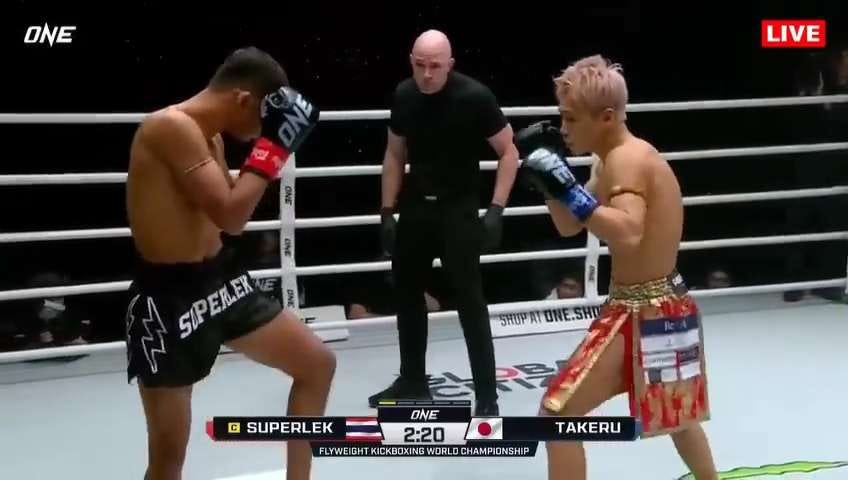
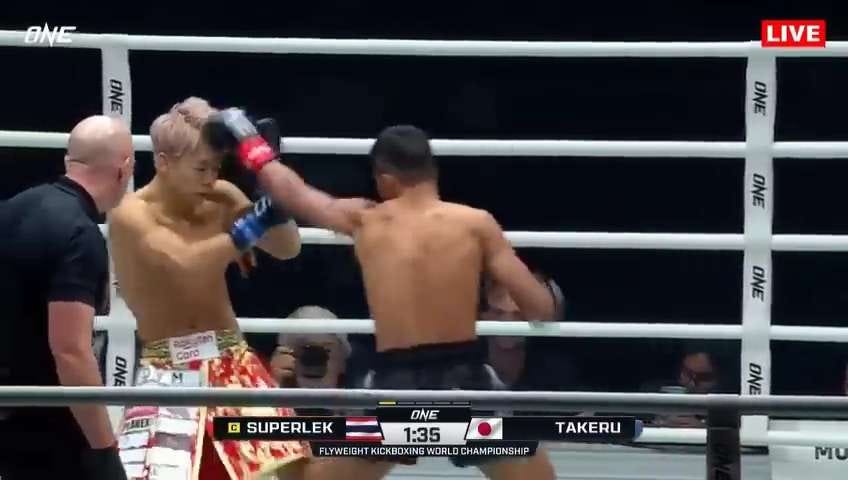
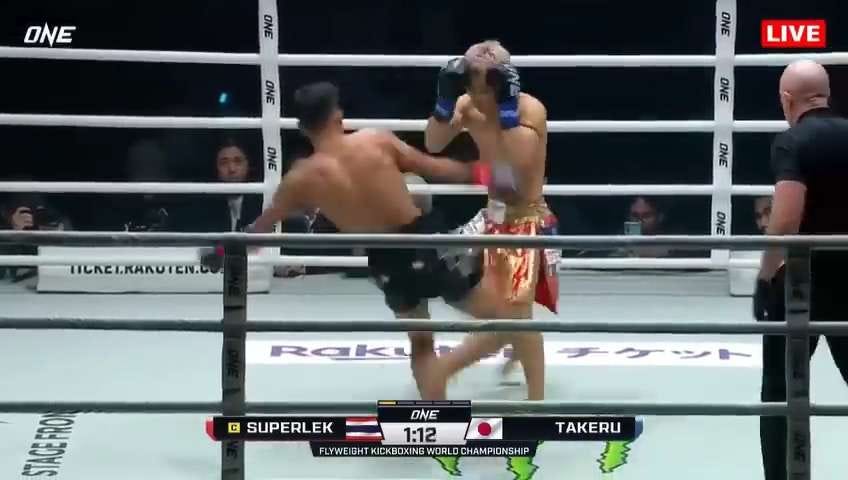
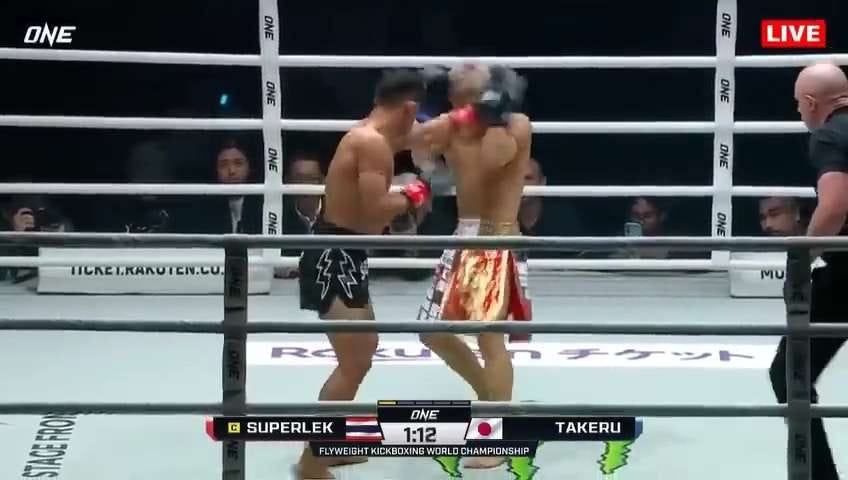
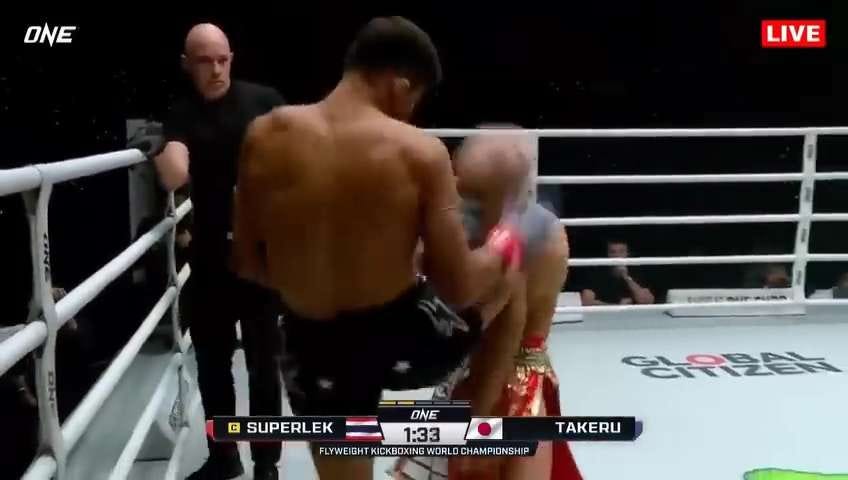
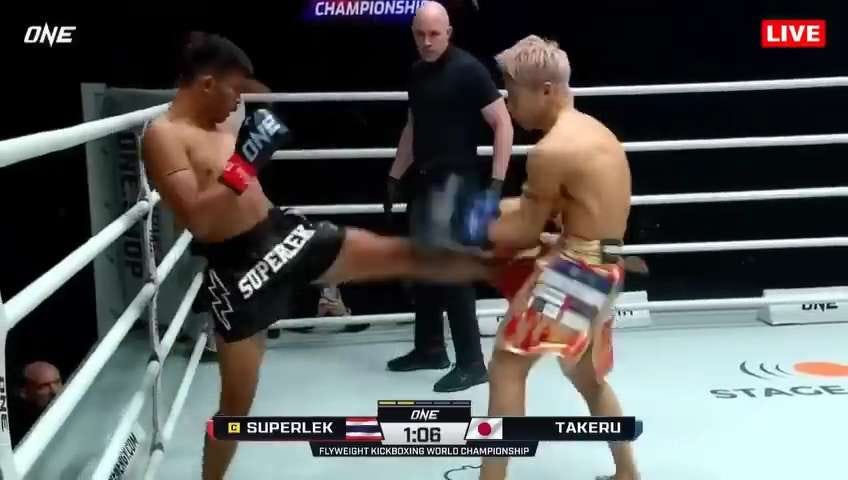









Share this post